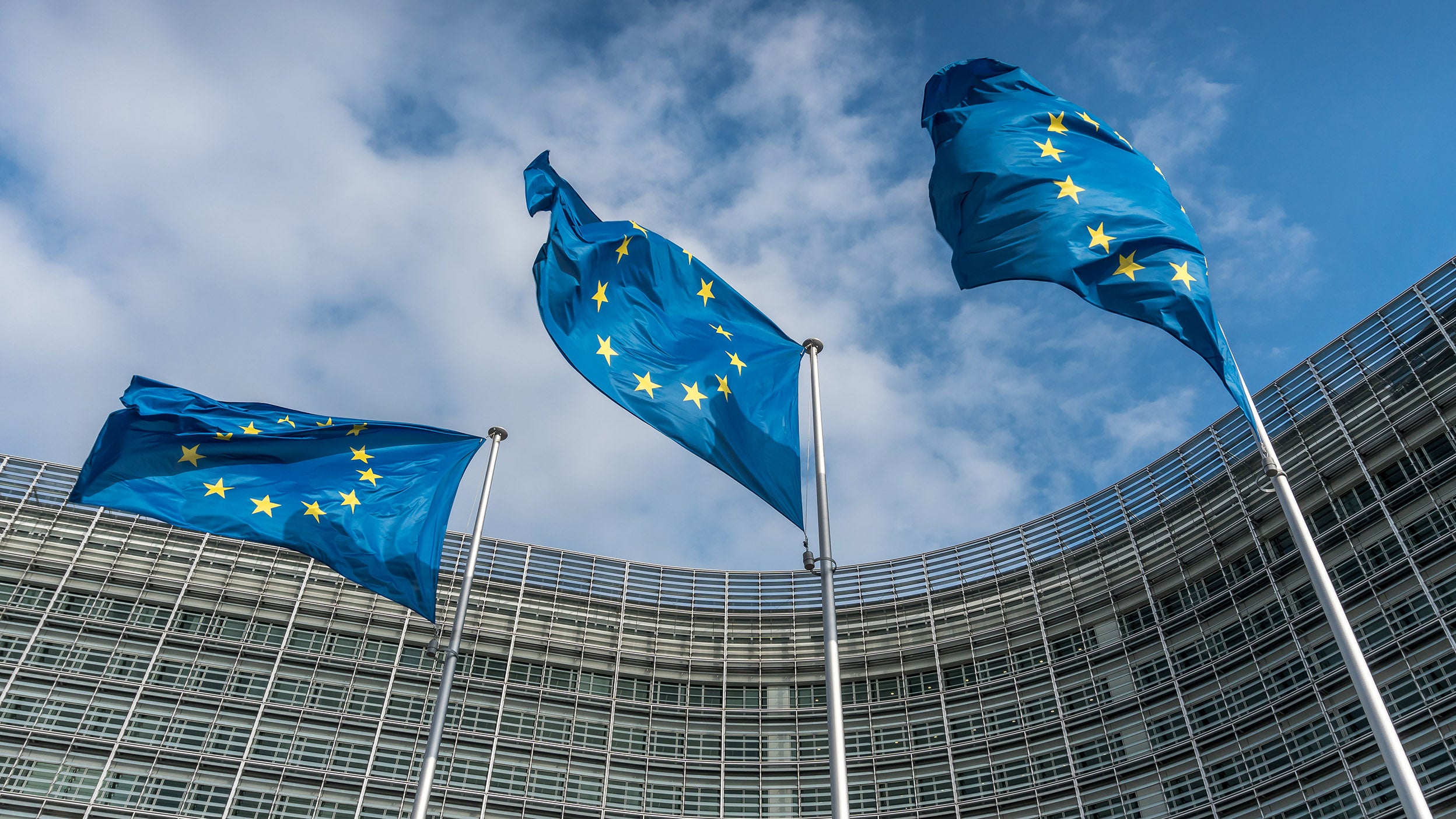
Markets and Economy European stock markets surge as US stock market sags
European nations prepare to invest in defense and infrastructure, while the US faces the possibility of recession brought on by government spending cuts.

Help your clients keep more of what they earn by minimizing capital gains and taking advantage of tax-loss harvesting.
Donations to donor-advised funds (DAFs) during the year-end giving season can help enhance clients’ charitable impact.
Use this opportunity to demonstrate your value with a pre-meeting checklist, agenda, and client-centered opener.
With the end of the year approaching, don’t miss out on opportunities to demonstrate your worth to your clients by helping them reduce investment-related taxes, maximize charitable giving, and feel confident they’re on the right track by conducting client-friendly year-end reviews. Here are three things to keep in mind.
Minimize capital gains: Help your clients keep more of what they earn by minimizing capital gains. Keep the two important types of capital gains in mind: Investor-driven, from selling a mutual fund and fund-driven, when a fund distributes capital gains to shareholders. Here are three strategies to consider before December 31 to help minimize mutual fund-driven capital gains for 2024 taxes:
Implement tax-loss harvesting strategies: This can be an effective strategy for turning your clients’ investment losses into tax savings. Tax loss harvesting is selling securities at a loss to offset the amount of capital gains tax owed on other investments. Even if you sell an investment to harvest the loss, you can still maintain exposure to the asset class or investment type by swapping it to an ETF. This may allow your clients to stay invested in a similar exposure without violating the IRS wash-sale rule. Here’s how it works:
Get ETF product ideas.
Donations to donor-advised funds (DAFs) during the year-end giving season can enhance their charitable impact. A donor-advised fund is a private account created to manage and distribute charitable donations on behalf of an organization, family, or individual. Contributions are immediately tax-deductible, providing significant potential current-year tax benefits while giving clients the flexibility to thoughtfully plan their charitable giving over time. It’s a win-win for both financial and philanthropic goals.
As the end of the year approaches, clients often face financial decisions that require innovative solutions. Ren, a provider of philanthropic giving programs, shares how DAFs can be used in these situations:
Whether they’re navigating a high income year, a portfolio adjustment, or planning for retirement, a DAF is a powerful, flexible tool that can help ensure their giving is as impactful as possible. For more information on DAFs, visit Ren’s website.
A client review is a tremendous opportunity to demonstrate your value and worth. To learn how to make the most of them, Invesco Global Consulting (IGC) asked 1,000 investors,1 “Overall, how satisfied are you with the review meetings you have with your financial professional?” The result: 79% were dissatisfied with review meetings. IGC then asked what could make them better. The no. 1 response: Mutual preparation and getting the documents in advance of my meeting. The no. 2 response: Have a definite goal and purpose for the meeting.
IGC has straightforward solutions for these client requests. First, a simple pre-meeting checklist that sums up life changes, service satisfaction, investment satisfaction, financial planning, and financial services. It shows that you put some time and effort into the meeting. Also, create and share an agenda before the meeting and make sure to ask in the beginning, “Before we get started, is there anything I’ve missed or you would like to cover? If not, we can get started right away.” And then, one last thing clients suggested: Follow up. A follow-up summary letter of your meeting and the next steps will show that “you actually listened.”
Learn more about how to demonstrate your worth to your clients.
Source: 2017 survey by Invesco Global Consulting of 1,000 North American investors with investable assets between $150,000 and $5 million. Most recent data available.

European nations prepare to invest in defense and infrastructure, while the US faces the possibility of recession brought on by government spending cuts.

The market is gauging the economic inefficiencies that may result from the Trump administration’s new tariffs and the retaliatory measures from other countries.

The US economy appears to be slowing quickly as consumers brace for tariffs, higher prices, and a possible government shutdown.
Important information
NA4060493
Image: skynesher / Getty
All investing involves risk, including the risk of loss.
Past performance does not guarantee future results.
Investments cannot be made directly in an index.
If you sell a security and harvest a tax loss on that sale, the Internal Revenue Service (IRS) wash sale rule prohibits you from buying a “substantially identical” security within 30 days before or after the sale of your losing investment.
A donor-advised fund is a private account created to manage and distribute charitable donations on behalf of an organization, family, or individual.
This does not constitute a recommendation of any investment strategy or product for a particular investor. Investors should consult a financial professional before making any investment decisions.
Invesco does not provide tax advice. Investors should always consult their own legal or tax professional for information concerning their individual situation.
There are risks involved with investing in ETFs, including possible loss of money. Index-based ETFs are not actively managed. Actively managed ETFs do not necessarily seek to replicate the performance of a specified index. Both index-based and actively managed ETFs are subject to risks similar to stocks, including those related to short selling and margin maintenance. Ordinary brokerage commissions apply. The Fund's return may not match the return of the Index. The Funds are subject to certain other risks. Please see the current prospectus for more information regarding the risk associated with an investment in the Funds.
The opinions referenced above are those of the author as of Dec. 2, 2024. These comments should not be construed as recommendations but as an illustration of broader themes. Forward-looking statements are not guarantees of future results. They involve risks, uncertainties, and assumptions; there can be no assurance that actual results will not differ materially from expectations.
Invesco Distributors, Inc. is not affiliated with Ren.
This link takes you to a site not affiliated with Invesco. The site is for informational purposes only. Invesco does not guarantee nor take any responsibility for any of the content.